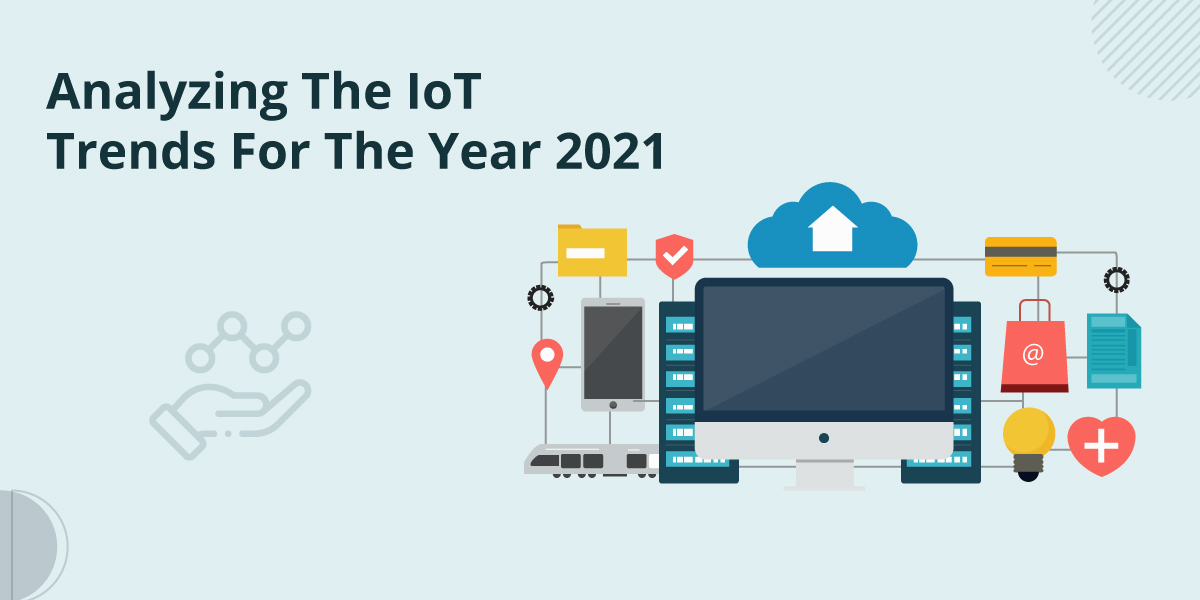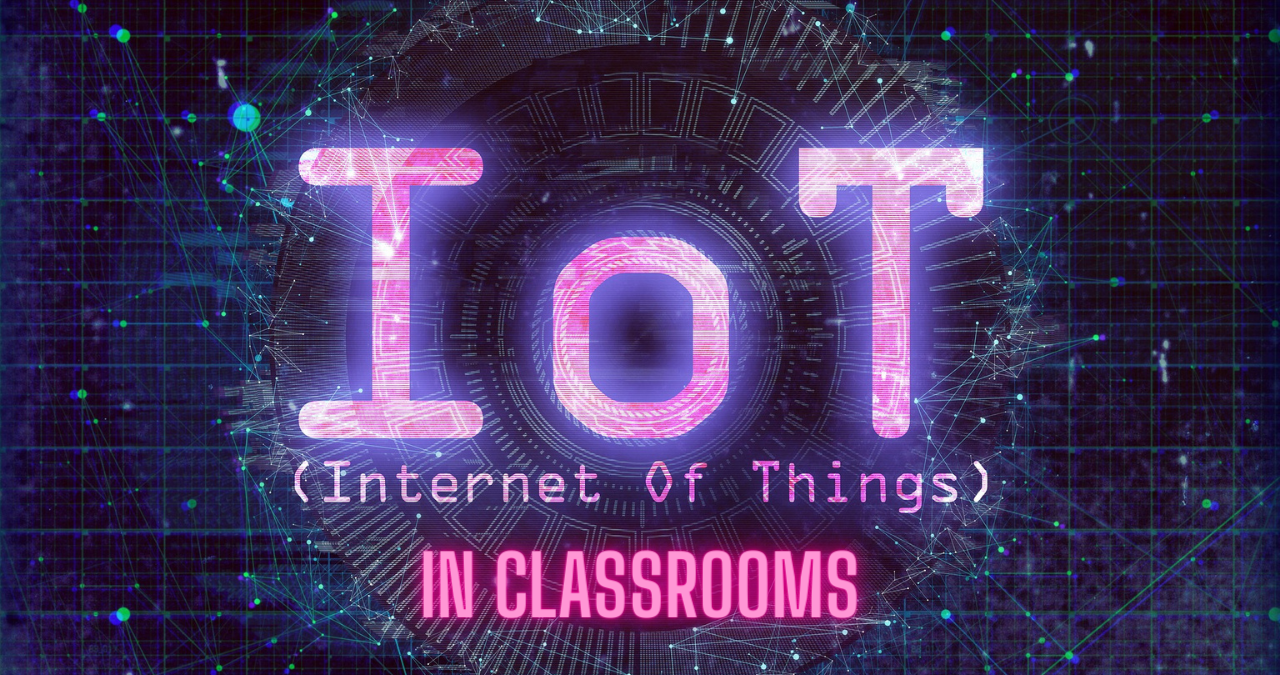Innovations in IoT Tracking for Supply Chains, Assets, Cold Chains, and Fleets

The Internet of Things (IoT) is revolutionizing logistics by embedding sensors and connectivity into physical assets. IoT tracker devices – combining GPS, low-power radios (NB-IoT, LoRa, BLE), and specialized sensors – now provide real-time visibility across the supply chain. Analysts report that the global supply-chain IoT market is rapidly expanding. Such growth is fueled by demand for end-to-end visibility, cost savings, and compliance: IoT tracking enables real-time monitoring of goods, precise inventory management, and proof-of-origin reporting.
In particular, low-power wide-area networks (LPWAN) such as NB-IoT and LTE-M are enabling “always-on” asset trackers. These devices operate for years on battery and are ideal for tracking containers, pallets, and equipment over wide areas. The proliferation of IoT sensors and trackers is generating massive data streams, and industry experts note this is shaping the “smart” supply chain: companies can leverage AI and analytics on this data to improve forecasting and resilience.
Table of Contents
IoT Trackers in Supply Chain Management
IoT trackers are key to modern supply-chain management. By tagging shipments, pallets, and inventory with GPS/LPWAN devices, companies achieve real-time visibility across all stages – from production to delivery. This enables:
- Traceability and Compliance: Continuous location and condition logs ensure regulatory compliance and accountability.
- Inventory Optimization: Live tracking of stock levels prevents stockouts or overstock by feeding data into inventory systems.
- Process Efficiency: Automated tracking replaces manual barcode scans, reducing errors and labor. IoT data also supports predictive analytics to optimize operations.
Leading IoT vendors like Eelink offer tailored hardware for these needs: compact cellular GPS trackers and NB-IoT tags that attach to containers or drums, providing both geolocation and sensor data. These devices integrate with cloud platforms to visualize end-to-end flow of goods.
IoT Trackers for Asset Tracking
Beyond flowing goods, IoT trackers are vital for asset tracking – monitoring equipment, machinery, and non-moving assets across facilities. Key use cases and benefits include:
- Theft/Theft Prevention: GPS or LoRaWAN trackers on expensive equipment enable rapid recovery and deter theft.
- Utilization and Maintenance: Sensors on industrial machines can report operating status and usage hours, enabling predictive maintenance scheduling and higher uptime.
- Inventory Visibility: Fixed LPWAN or Bluetooth tags on pallet racking or storage areas help locate critical spares or containers on a map.
Technologies vary: passive RFID works for high-volume inventory, whereas long-range cellular or LPWAN trackers suit high-value or widely distributed assets.
Eelink’s portfolio addresses these needs with both off-the-shelf and customizable solutions. For instance, Eelink offers GPS asset trackers like the TK419 series (4G/LTE Cat M) and BLE beacon tags (DB01) for local inventory tracking. Custom OEM/ODM options allow fleets or distributors to integrate trackers seamlessly into their own products or vehicles.
IoT Trackers in Cold Chain Logistics
Cold chain logistics – the refrigerated transport of perishable goods – exemplifies the critical need for integrated IoT tracking. IoT trackers equipped with environmental sensors transform cold logistics by providing:
• Continuous Environmental Monitoring: Devices record temperature/humidity in real time and compare against thresholds.
• Geolocation & Condition: GPS tracking devices pair with wireless temperature sensors, mapping not just where a shipment is, but how conditions evolve en route.
• Regulatory Compliance: Detailed logs satisfy auditors and regulators requiring proof that products were kept within safe ranges.
Eelink is active in this space. Its BTT01 device is a wireless Bluetooth beacon with high-precision temperature/humidity sensors. Eelink pairs the BTT01 tag with a LTE Cat M1/NB-IoT vehicle tracker (GPT46): the tracker captures GPS location and collects the BTT01’s sensor data over BLE. This allows monitoring of both truck position and internal cabin conditions from a single cloud dashboard.
Such visibility drastically cuts losses: pharmaceutical shipments and fresh produce can avoid spoilage costs by reacting before minor deviations escalate into damage.
IoT Trackers in Fleet Management
In fleet management, IoT trackers (often called telematics devices) provide real-time insights into vehicle and driver performance. Key applications include:
• Vehicle Tracking and Routing: GPS enables geofencing, live fleet maps, and efficient dispatching.
• Driver Behavior and Safety: Sensors detect harsh braking, speeding, or idling. Analytics identify unsafe patterns to coach drivers.
• Vehicle Health Monitoring: OBD-II dongles or integrated trackers read engine diagnostics to schedule servicing and avoid breakdowns.
• Regulatory Compliance: In some regions, electronic logging devices (ELDs) are mandated; IoT fleet trackers handle driver hour logs and emissions data.
Modern trackers are highly connected: 4G/5G devices stream location, speed, and engine data to analytics platforms, enabling route optimization and fuel-saving practices.
Eelink’s solutions for fleets include compact OBD GPS trackers and hardwired GPS units with optional sensors (fuel level, temperature). Combined with Eelink’s software, fleet operators gain a unified view of vehicle location, status, and alerts.
Eelink’s Innovations and Solutions
Eelink is a pioneering IoT device manufacturer with a broad portfolio tailored to these domains. Its innovations include:
- Multi-Radio GPS Trackers: Devices like the TK419 series support 4G/LTE Cat-1/4, and GPT46 adds NB-IoT/LTE-M capability. All include GNSS for real-time positioning.
- Wireless Sensor Beacons: Eelink’s BTT01 and DB01 series are BLE-based sensors for cold chain and general asset monitoring.
- Connectivity and Platform: Trackers use cellular (GSM, 4G, LTE-M, NB-IoT) and come with a dedicated cloud platform (Sky200) and SDKs for integration.
- Custom & OEM Services: Custom firmware and hardware services for specialized client needs.
This reflects Apple Ko’s vision of seamless IoT tracking integration. Through these solutions, Eelink addresses logistics challenges, enhancing asset protection, cargo condition monitoring, and operational efficiency.
Key IoT Applications and Eelink Solutions
Application Domain Use Cases & Benefits Eelink Solutions
Supply Chain Real-time shipment visibility; inventory management; traceability Cellular GPS trackers, BLE/LoRa tags, Sky200 platform Asset Tracking Equipment monitoring; anti-theft; utilization tracking GPS Asset Trackers (e.g. TK419); BLE beacon tags (DB01 series); Custom OEM devices Cold Chain Temperature/humidity monitoring; spoilage prevention; compliance BLE Temperature/Humidity Tags (BTT01); GPS-NB-IoT trackers (GPT46 with BLE relay) Fleet Management Vehicle tracking; route optimization; driver behavior & safety; predictive maintenance OBD-II GPS trackers; 4G/LTE vehicle trackers; Fuel & diagnostic sensors; Telematics software
Future Outlook
Looking ahead, IoT tracking devices will become smarter and more integrated. Artificial intelligence (AI) and edge computing are key enablers: on-device analytics can filter data and trigger local responses before sending summaries to the cloud.
Eelink is already exploring AI/edge features in next-generation trackers to improve responsiveness and security. Emerging networks (5G, Low-Earth-Orbit satellites) will further enable global coverage. Sustainability will also grow in focus – low-power trackers, energy harvesting, and optimized routing will help lower carbon footprints.
In conclusion, IoT tracking devices are becoming indispensable for supply chains, logistics, and fleet operations. Companies like Eelink, championed by experts like Apple Ko, are leading this transformation, delivering smarter, safer, and more sustainable global supply chains.
Innovations in IoT Tracking for Supply Chains, Assets, Cold Chains, and Fleets
The Internet of Things (IoT) is revolutionizing logistics by embedding sensors and connectivity into physical assets. IoT tracker devices – combining GPS, low-power radios (NB-IoT, LoRa, BLE), and specialized sensors – now provide real-time visibility across the supply chain.
Analysts report that the global supply-chain IoT market is rapidly expanding. Such growth is fueled by demand for end-to-end visibility, cost savings, and compliance: IoT tracking enables real-time monitoring of goods, precise inventory management, and proof-of-origin reporting.
In particular, low-power wide-area networks (LPWAN) such as NB-IoT and LTE-M are enabling “always-on” asset trackers. These devices operate for years on battery and are ideal for tracking containers, pallets, and equipment over wide areas.
The proliferation of IoT sensors and trackers is generating massive data streams, and industry experts note this is shaping the “smart” supply chain: companies can leverage AI and analytics on this data to improve forecasting and resilience.
IoT Trackers in Supply Chain Management
IoT trackers are key to modern supply-chain management. By tagging shipments, pallets, and inventory with GPS/LPWAN devices, companies achieve real-time visibility across all stages – from production to delivery. This enables:
-
Traceability and Compliance: Continuous location and condition logs ensure regulatory compliance and accountability.
-
Inventory Optimization: Live tracking of stock levels prevents stockouts or overstock by feeding data into inventory systems.
-
Process Efficiency: Automated tracking replaces manual barcode scans, reducing errors and labor. IoT data also supports predictive analytics to optimize operations.
Leading IoT vendors like Eelink offer tailored hardware for these needs: compact cellular GPS trackers and NB-IoT tags that attach to containers or drums, providing both geolocation and sensor data. These devices integrate with cloud platforms to visualize end-to-end flow of goods.
IoT Trackers for Asset Tracking
Beyond flowing goods, IoT trackers are vital for asset tracking – monitoring equipment, machinery, and non-moving assets across facilities. Key use cases and benefits include:
-
Theft/Theft Prevention: GPS or LoRaWAN trackers on expensive equipment enable rapid recovery and deter theft.
-
Utilization and Maintenance: Sensors on industrial machines can report operating status and usage hours, enabling predictive maintenance scheduling and higher uptime.
-
Inventory Visibility: Fixed LPWAN or Bluetooth tags on pallet racking or storage areas help locate critical spares or containers on a map.
Technologies vary: passive RFID works for high-volume inventory, whereas long-range cellular or LPWAN trackers suit high-value or widely distributed assets.
Eelink’s portfolio addresses these needs with both off-the-shelf and customizable solutions. For instance, Eelink offers GPS asset trackers like the TK419 series (4G/LTE Cat M) and BLE beacon tags (DB01) for local inventory tracking. Custom OEM/ODM options allow fleets or distributors to integrate trackers seamlessly into their own products or vehicles.
IoT Trackers in Cold Chain Logistics
Cold chain logistics – the refrigerated transport of perishable goods – exemplifies the critical need for integrated IoT tracking. IoT trackers equipped with environmental sensors transform cold logistics by providing:
-
Continuous Environmental Monitoring: Devices record temperature/humidity in real time and compare against thresholds.
-
Geolocation & Condition: GPS tracking devices pair with wireless temperature sensors, mapping not just where a shipment is, but how conditions evolve en route.
-
Regulatory Compliance: Detailed logs satisfy auditors and regulators requiring proof that products were kept within safe ranges.
Eelink is active in this space. Its BTT01 device is a wireless Bluetooth beacon with high-precision temperature/humidity sensors. Eelink pairs the BTT01 tag with a LTE Cat M1/NB-IoT vehicle tracker (GPT46): the tracker captures GPS location and collects the BTT01’s sensor data over BLE. This allows monitoring of both truck position and internal cabin conditions from a single cloud dashboard.
Such visibility drastically cuts losses: pharmaceutical shipments and fresh produce can avoid spoilage costs by reacting before minor deviations escalate into damage.
IoT Trackers in Fleet Management
In fleet management, IoT trackers (often called telematics devices) provide real-time insights into vehicle and driver performance. Key applications include:
-
Vehicle Tracking and Routing: GPS enables geofencing, live fleet maps, and efficient dispatching.
-
Driver Behavior and Safety: Sensors detect harsh braking, speeding, or idling. Analytics identify unsafe patterns to coach drivers.
-
Vehicle Health Monitoring: OBD-II dongles or integrated trackers read engine diagnostics to schedule servicing and avoid breakdowns.
-
Regulatory Compliance: In some regions, electronic logging devices (ELDs) are mandated; IoT fleet trackers handle driver hour logs and emissions data.
Modern trackers are highly connected: 4G/5G devices stream location, speed, and engine data to analytics platforms, enabling route optimization and fuel-saving practices.
Eelink’s solutions for fleets include compact OBD GPS trackers and hardwired GPS units with optional sensors (fuel level, temperature). Combined with Eelink’s software, fleet operators gain a unified view of vehicle location, status, and alerts.
Eelink’s Innovations and Solutions
Eelink is a pioneering IoT device manufacturer with a broad portfolio tailored to these domains. Its innovations include:
-
Multi-Radio GPS Trackers: Devices like the TK419 series support 4G/LTE Cat-1/4, and GPT46 adds NB-IoT/LTE-M capability. All include GNSS for real-time positioning.
-
Wireless Sensor Beacons: Eelink’s BTT01 and DB01 series are BLE-based sensors for cold chain and general asset monitoring.
-
Connectivity and Platform: Trackers use cellular (GSM, 4G, LTE-M, NB-IoT) and come with a dedicated cloud platform (Sky200) and SDKs for integration.
-
Custom & OEM Services: Custom firmware and hardware services for specialized client needs.
This reflects Apple Ko’s vision of seamless IoT tracking integration. Through these solutions, Eelink addresses logistics challenges, enhancing asset protection, cargo condition monitoring, and operational efficiency.
Key IoT Applications and Eelink Solutions
| Application Domain | Use Cases & Benefits | Eelink Solutions |
|---|---|---|
| Supply Chain | Real-time shipment visibility; inventory management; traceability | Cellular GPS trackers, BLE/LoRa tags, Sky200 platform |
| Asset Tracking | Equipment monitoring; anti-theft; utilization tracking | GPS Asset Trackers (e.g. TK419); BLE beacon tags (DB01 series); Custom OEM devices |
| Cold Chain | Temperature/humidity monitoring; spoilage prevention; compliance | BLE Temperature/Humidity Tags (BTT01); GPS-NB-IoT trackers (GPT46 with BLE relay) |
| Fleet Management | Vehicle tracking; route optimization; driver behavior & safety; predictive maintenance | OBD-II GPS trackers; 4G/LTE vehicle trackers; Fuel & diagnostic sensors; Telematics software |
Future Outlook
Looking ahead, IoT tracking devices will become smarter and more integrated. Artificial intelligence (AI) and edge computing are key enablers: on-device analytics can filter data and trigger local responses before sending summaries to the cloud.
Eelink is already exploring AI/edge features in next-generation trackers to improve responsiveness and security. Emerging networks (5G, Low-Earth-Orbit satellites) will further enable global coverage. Sustainability will also grow in focus – low-power trackers, energy harvesting, and optimized routing will help lower carbon footprints.
In conclusion, IoT tracking devices are becoming indispensable for supply chains, logistics, and fleet operations. Companies like Eelink, championed by experts like Apple Ko, are leading this transformation, delivering smarter, safer, and more sustainable global supply chains.






